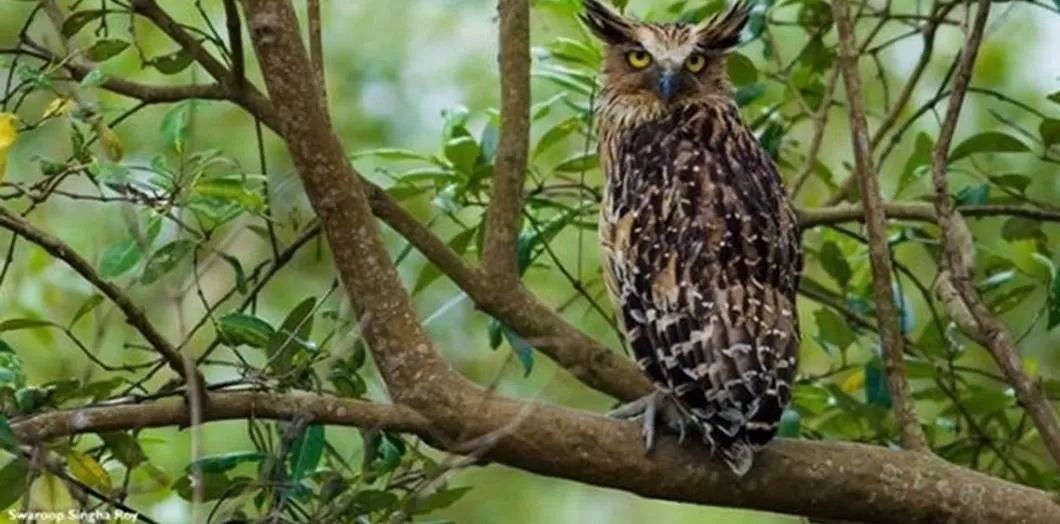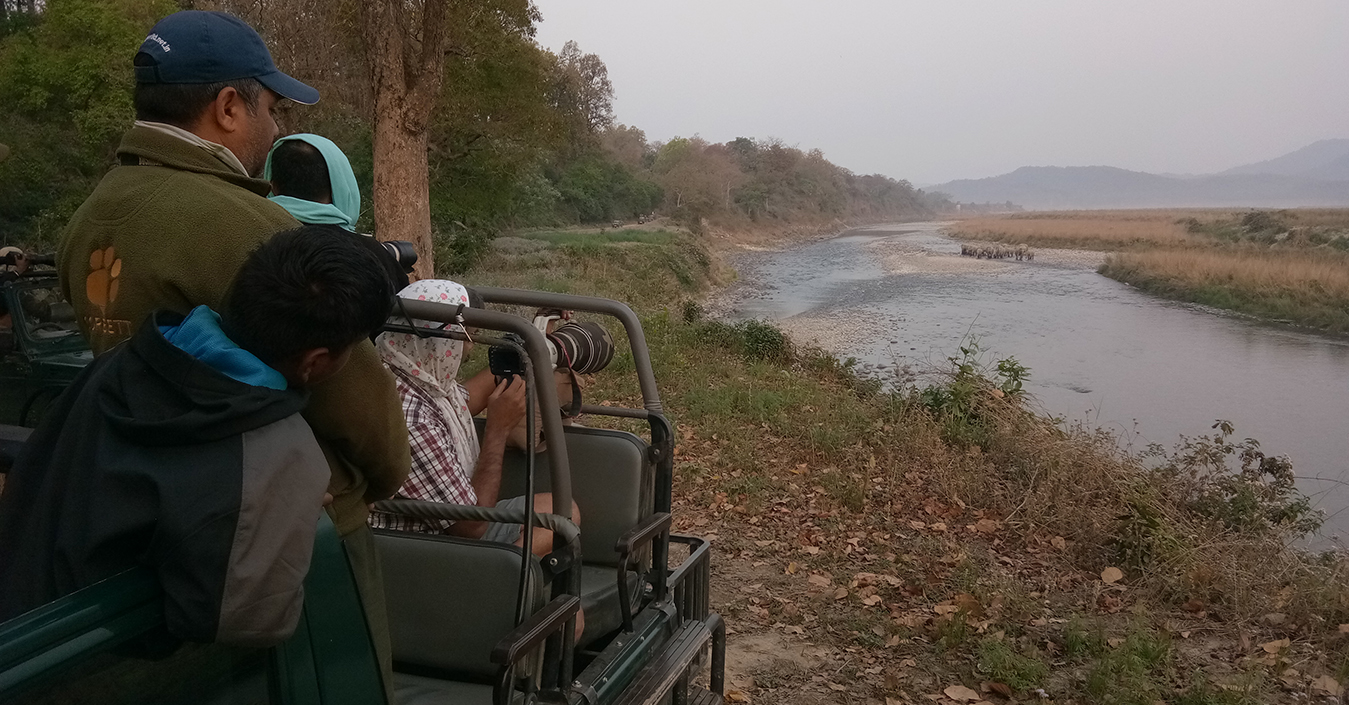
Blog Details
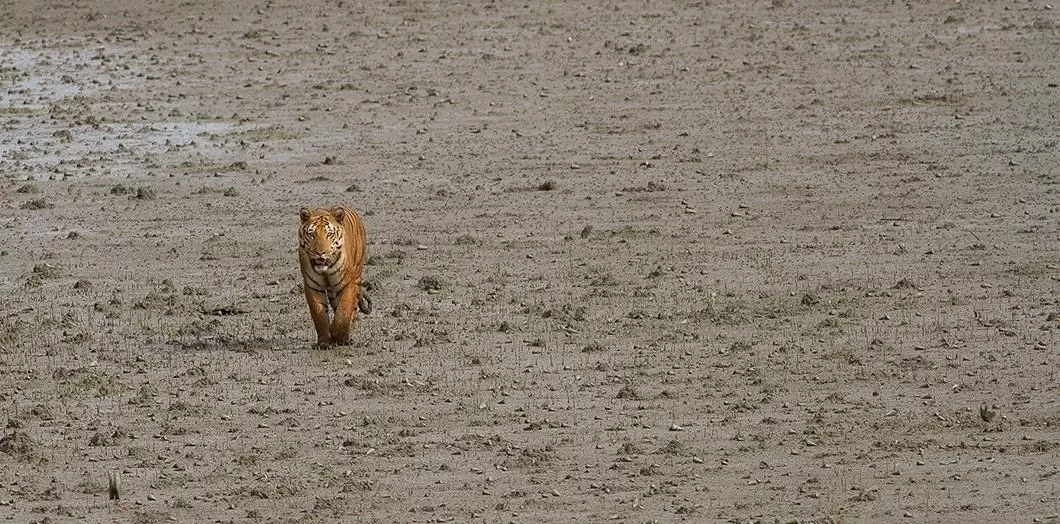
A Sundarban Tour to Remember!
After picking up the guests from Sealdah Railway Station in the morning, we headed straight towards Gadkhali. With a sumptuous breakfast at New Shivani sweet shop, we made it sure that the journey remains comfortable as much as possible. Down at Gadkhali, we embarked on the motorized boat, MB Banzara, and proceeded towards Sundarban. The plan for Day 1 afternoon was to do some birding near Amlamethi char and Bali island. Post lunch we all got engaged with the birdwatching session and guests could manage quite a lot of images of some winter migrants. Along with that, they also got some of the kingfishers, which are one of the highlights of this mangrove forest.
As darkness started setting down, we reached Bali island jetty where we anchored the boat for rest of the night. The night stay was on the boat itself, a self-sufficient vessel with nice & comfortable sleeping space and western style washroom in the lower deck. Boat staff have a separate space for sleeping on the upper deck and even have their separate toilets. Kitchen space is on the rear side of the lower deck. The front portion of the upper deck has the seating space along with the driver's cabin.
Day 2 started with a bang! Even before entering the forest we could see and photograph the Jungle Cat. Any form of wildlife is elusive in this mangrove forest. And to top it, these cats are mostly nocturnal. Getting one out in the open for a long time during the daytime was quite lucky for us.
After the photo-session of this elusive beauty we moved towards Sajnekhali camp where the forest entry permit needs to done. Guests also visited the Mangrove Interpretation Center there where they got a detailed information about Sundarban. Post all the formalities we proceeded towards the forest. Entering through Sudhanyakhali river, we started looking around carefully for the different signs and denizens. We had a brief stopover at Sudhanyakhali camp, where we visited the watch tower. A fresh water pond has been dug near the watch tower and animals do come there frequently. All the canals, creeks and rivers of this forest contain salty water and these few fresh water ponds act as an oasis for the wildlife. Rest of the day we ventured into different creeks and canals where we saw a lot of wildlife like Water Monitor, Spotted Deer, Wild Boar and a variety of birds like the Black-capped Kingfisher, Collared Kingfisher, Brown-winged Kingfisher, Rose-ringed Parakeet, Small Minivet, few waders etc. We also saw and photographed the Irrawaddy Dolphins. By the sunset we came out of the forest through Dobanki.
However, the most important event which occurred on this day was missing the tiger by few minutes. As we reached the fag end of Sundarkhali, we saw fresh pugmarks on the mudflat and it was clear that tiger has crossed from Panchamukhani 1 island to Pirkhali 3 island. On inspecting the mudbanks all around Pirkhali 3 we did not get any exit pugmarks, which made it quite evident that tiger was on that island itself. Hence, our plan for next 2 days were chalked out and we decided that we need to concentrate around Pirkhali 3 itself. Night halt was again near Bally island jetty. Guests were enjoying the freshly cooked food on the boat while cruising inside the jungle.
On Day 3 we tried to get a whereabouts of that tiger but nothing much could happen. However, our guests got some stunning images of a Red-tailed (Bamboo) Pit-viper which was on the pneumetaphore. There have been sightings and photography of this species earlier too, but all were from the Sudhanyakhali camp and at most of the times it would have been on the metal fencing, concrete floor etc. The images made this time was something which has never been seen, something which depicts the true habitat where this species dwells. Few more bird species were seen among which Grey-headed Lapwing and Shikra were the highlights.
Day 4 started with some interesting sightings. First bird to be seen and photographed in the morning was the Peregrine Falcon. It is one of the most sought after winter migrant in this region. This species is also the fastest flying bird in the world. Immediately next was a Changeable Hawk Eagle (juvenile) with an Asian Pied Starling kill. We could document the entire savoring process where the eagle plucked out the feather, tore the small bird into pieces and gulped them down within few minutes.
However, the two biggies of this mangrove forest, Bengal Tiger and Salt-water Crocodile, were still left to be seen. To our delight, during the mid day we saw 3 big Salt-water Crocodiles. One of them was basking in the mudflat and other 2 swimming.
As we proceeded towards our last point i.e. Sudhanyakhali camp, we saw a set of pugmarks. Tiger has crossed from Pirkhali 3 to Pirkhali 2. Investigating the set, we realized that the tiger has crossed river the previous night.
As we were nearing the Sudhanyakhali camp, we saw a very fresh pugmarks of a tiger crossing from Pirkhali 2 to Pirkhali 1. It was extremely fresh and after investigation on the other side where it had climbed, we found fresh tracks all along the river bank. It was quite evident that the tiger has crossed moments before our arrival and looked like it's movement path is towards Sudhanyakhyali watchtower. We had almost 3 hours of the day left with us, so we decided to spend rest of the time on the watch tower itself. It had rained and was an overcast condition. We were there on the tower for almost 1.5 hours and it was lunch time. However, everybody decided to postpone the lunch as no one wants to miss the glimpse of the most elusive predator on this planet earth. Another hour was gone and we were wondering if the tiger has changed it movement direction. Everyone was getting restless, but then, patience is the key to wildlife photography. And then suddenly the sun came out of the clouds, along with the words from our guide Nityananda's mouth "Baagh aashchey dada (tiger is coming, brother)!".
Rest was history. The big male walked all along the observation line, crossed a small patch of forest, went to the pond site, chewed on some grass, walked along the pond, smelled a tree, spray marked on another tree and vanished inside the thickets.
The overall sighting lasted for 15 minutes. Everybody was delighted as our hard work and patience had paid off well. With unforgettable memories and cards full of precious images we headed back to Gadkhali where our car was waiting to pick us up and transfer back to Kolkata.
0 Comments
Leave a comment
Archive
Tags
Latest Posts
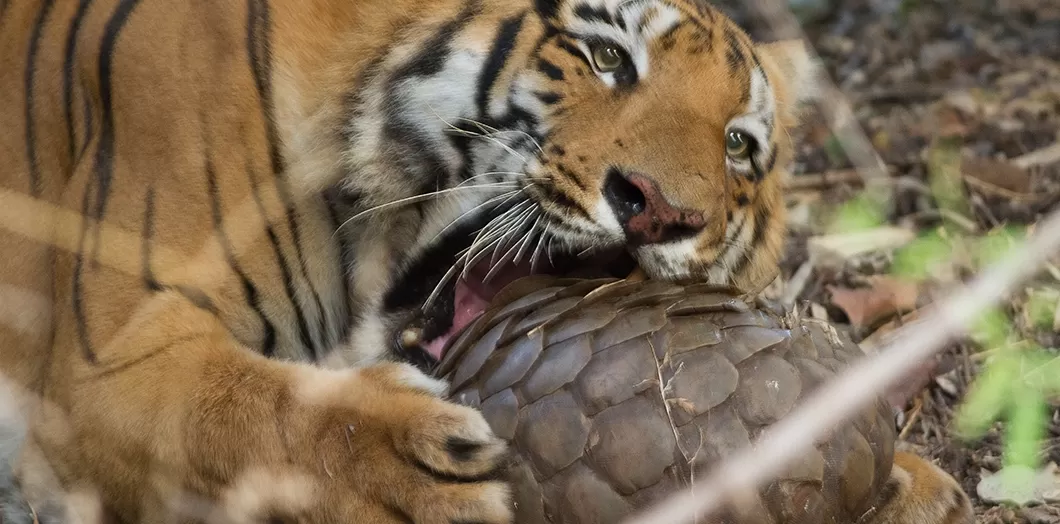
Tiger Pangolin Storyline From Tadoba
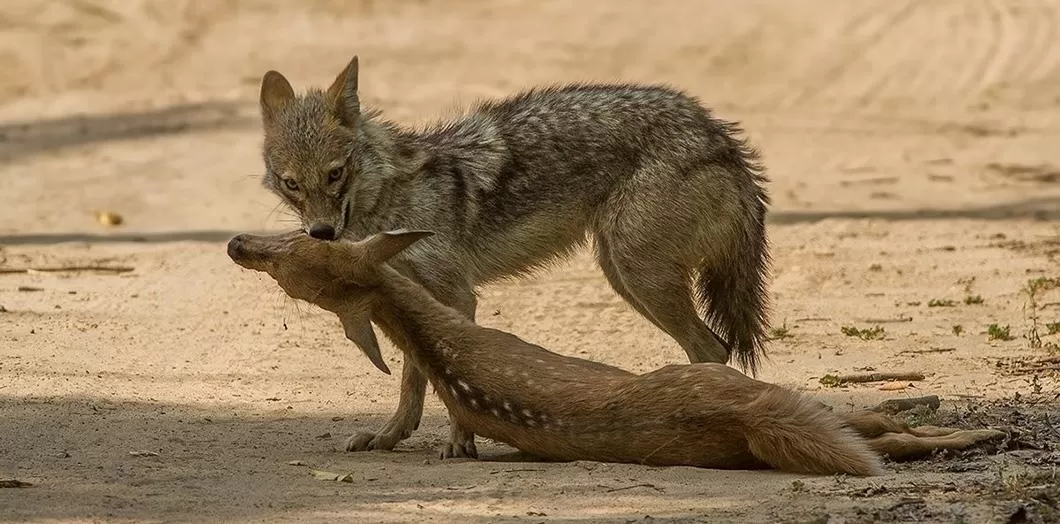
The Day of the Jackal
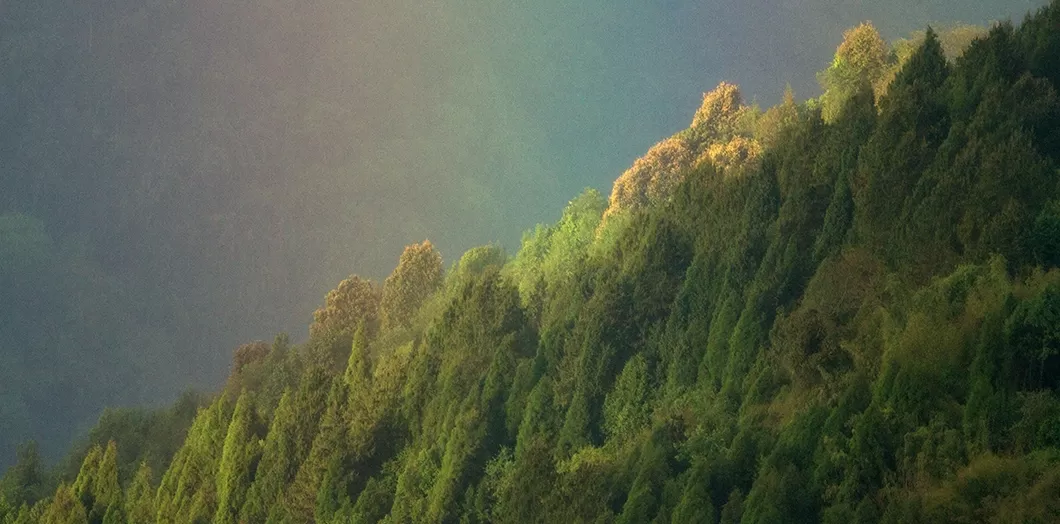
'Sikkim' Tour - Zuluk
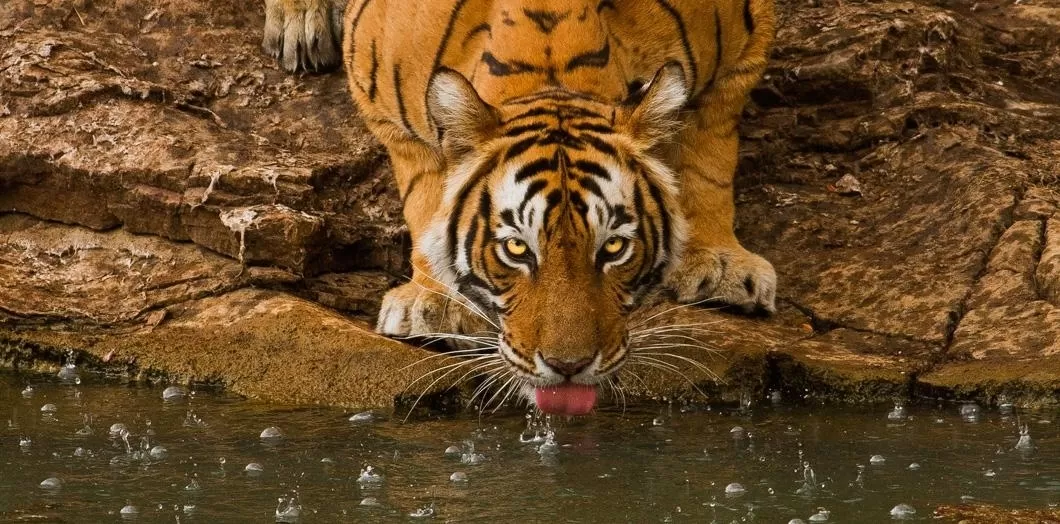
Tigress in Rain
